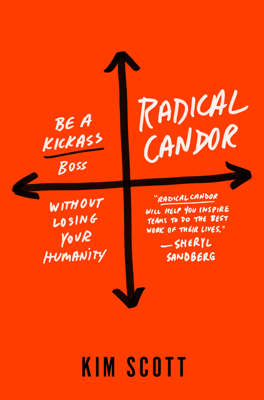Team: Techniques for avoiding boredom and burnout
Career Conversations
- Understanding Motivations and Ambitions: Career conversations are tools to understand an individual's motives and professional aspirations for guiding them towards fulfilling career moves, shaped around their "dreams."
- Process Overview:
- First Conversation: Focuses on the individual’s life story to uncover underlying motivations. It starts with their earliest memories to recent choices, helping discern core values and shaping an understanding of their motivations.
- Second Conversation: Targets understanding their ultimate career dreams by giving space to articulate three to five different dreams, withdrawing from standard professional goal-directed questions.
- Third Conversation: Focuses on an eighteen-month plan, guiding individuals on what to learn next and how it contributes to their career dreams, facilitating tasks, and projects that align with these goals.
Russ Laraway's Approach
- Steps to develop a deep understanding include:
- Understanding each direct report's growth trajectory and career aspirations.
- Managing large teams effectively, ensuring a fair assessment of each team member's performance and fit through systematic reviews and planning.
Growth Management
- Individual and Team Alignment: Managers need to align each team member’s career growth plans with the overall needs of the team. This includes addressing performance issues and facilitating opportunities for growth.
- Yearly Growth-Management Plans: Assessing each individual's growth trajectory annually and aligning it with the team’s collective needs to ensure all team members are appropriately challenged and supported.
Structured Assessments
- Identification of Roles:
- Rock Stars and Superstars: Recognize those who provide stability and those pushing for growth or change.
- Performance Evaluation: Distinguish between high performers, potential improvers, and underachievers to tailor growth plans effectively.
- External Reviews: Check personal bias by seeking third-party input, ensuring a balanced perspective on team member classification and growth plans.
Hiring: Mentality and Process
- Balanced Team Composition: Maintain a balanced ratio of "rock stars" (stable, reliable contributors) and "superstars" (those seeking growth and advancement).
- Effective Hiring Practices:
- Use rigorous job descriptions and blind skills assessments to minimize bias.
- Deploy consistent interviewing committees for meaningful candidate comparisons.
- Employ casual interactions to gauge team fit beyond formal interview settings.
Firing and Promotions
- Handling Poor Performance: Be proactive and collaborative in identifying and addressing performance issues, utilizing formal performance improvement plans as necessary and ensuring the process is fair and considerate.
- Promotion Strategies: Ensure transparency and fairness by utilizing committees where possible to discuss and decide promotions based on clear, unbiased criteria.
Reward Your Rock Stars
- Recognition Beyond Promotion: Recognize contributions that stabilize and enhance the team without necessarily leading to promotion.
- Appreciation Methods: Utilize public praise, thank-you notes, guru designation, and opportunities for team members to showcase their work to emphasize their value and contributions to the team.
Management Styles: Avoiding Extremes
- Balanced Engagement: Strive for a management style that is neither too detached (absentee management) nor too controlling (micromanagement), but one that fosters partnership and mutual respect.
- Maintaining Professional Boundaries: Ensure involvement doesn't turn into interference, allowing team members autonomous control over their work processes while still providing necessary support and guidance.
Overall, chapter 7 of "Radical Candor" offers nuanced techniques to manage team dynamics effectively, ensuring both individual growth and collective team success through structured conversations, proper alignment of roles, and balanced management practices.
